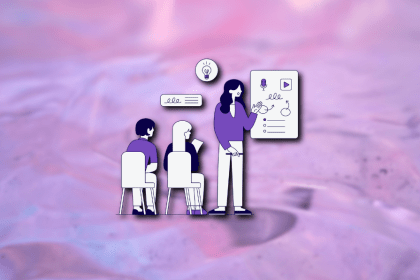
UX workshops = less talking, more doing. Whether it’s a design sprint or a user feedback session, here’s how to make them work for your team.
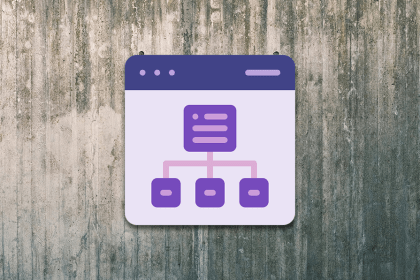
Along with staying organized, the tree testing user research technique can help people find what they need in a quick, easy way.
In UX research, eye tracking involves observing where test participants focus on and the order in which they navigate content.
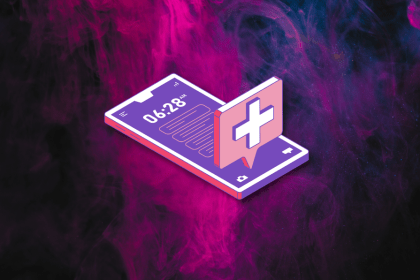
Healthcare apps shouldn’t make users work hard. Here’s how smart healthcare UX can make digital health tools faster and more supportive — especially when it matters most.

We love the idea of simplifying everything, but Tesler’s Law says that sometimes, it just isn’t possible. More on that idea in this blog.

Dark mode’s been around longer than you think. Let’s break down the UX behind it, the best practices, and why flipping light mode isn’t the answer.
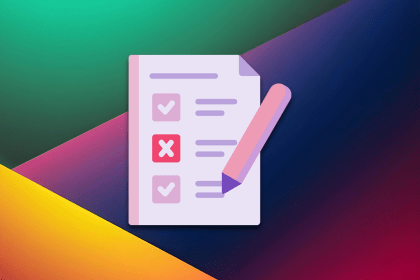
In this tutorial, you can learn what a heuristic evaluation is and how to perform it to enhance your product and reduce usability issues.
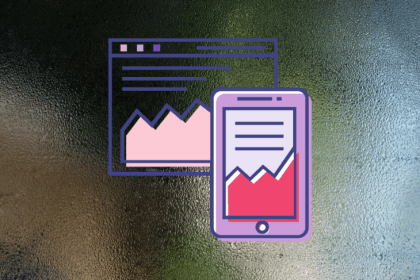
You want more users engaging with your digital products, but don’t want to create experiences that harm the planet.

If you want to know how your product fits into your users’ day-to-day lives, using contextual inquiry in UX research is key.

Feel like your designs are stuck in a template loop? Here’s how to break free, embrace creative risks, and bring fresh ideas to the table without relying on the obvious.

Want to catch usability issues before real users do? A cognitive walkthrough helps you refine your product’s UX quickly — no expensive studies needed. Here’s your step-by-step guide.
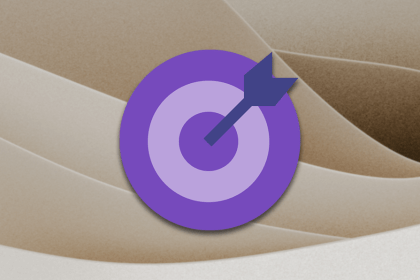
Use Fitt’s law to determine the best placement of information in your desktop and mobile apps with these tips and examples.